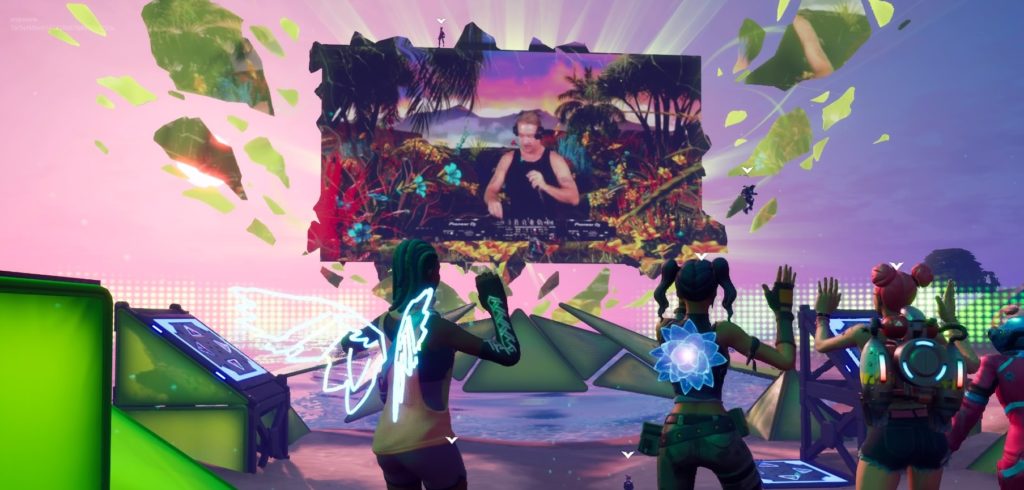By Patrik Wilkens, VP of digital & entertainment, TheSoul Publishing
In recent years, broadcast has become Netflix, staying in touch has become social media and gaming has become connected. With this steady march of progress, we’re being pushed closer together within our virtual universes. While we might use the digital world for different purposes, we’re all existing in the same space. This became apparent in 2019 when Netflix said its greatest competitor was the video game Fortnite.
Today, the competition isn’t just choosing between games consoles, it’s about where consumers are prepared to commit their valuable screen time.
The diversification and convergence of gaming
More commonly associated with the image of teenage boys in their bedrooms, gaming hasn’t always had the most glamorous image. However, this industry, which analysts expect to be worth $272 billion by 2030, is diversifying fast.
As anyone who has played any of the biggest launches in recent years will know, gaming environments are no longer isolated in a virtual world. Instead, players can listen to a choice of radio channels as they drive through the streets in Grand Theft Auto, or catch a live concert in Fortnite.
We’re even seeing the birth of new virtual artists, who are fast becoming celebrities in their own right, famous within the alternative realities in which many people spend so much time.
For digital publishers and brands alike, this brave new world offers a whole new playground of marketing opportunities. Balenciaga brought high fashion to the industry with the launch of its first game, Afterworld: The Age of Tomorrow, earlier this year. Partnering with Unreal Engine, it created this new game to launch its Fall 2021 collection. Set in a city in 2031, the game allowed players to explore different zones, passing models and pieces from the collection along the way.
This autumn the luxury fashion brand has taken this a step further, becoming the first high-fashion label to drop its new collection within Fortnite. Players can now choose from digital outfits, inspired by real-life Balenciaga silhouettes, as well as access a real-world hoodie, that unlocks the outfit in game. Not only are we seeing a number of unexpected industry partnerships coming together; they’re also helping to close the gap between our real and our online lives.
In turn, the opportunities are almost endless when it comes to marketing in the virtual space. We’ve moved beyond the confines of billboards, programmatic and catwalks; creativity can really reflect our wildest imaginations.
How can brands engage with this new world
While a number of big names are exploring exciting ideas in this emerging space, this expansion of the world as we know it can be a slightly daunting prospect to brands desperate to keep up. The traditional ways of working have just changed entirely. Instead of paying media owners, we’re investing in gaming partnerships. The stakes are higher and significant investment is required to break through.
Whether you’re ready to launch a new car in GTA or not, there are some important fundamentals these developments teach us for evolving our marketing strategies.
Firstly, there is little to be gained by inserting barriers between audiences. Traditional approaches to profiling buyers have largely fallen by the wayside as music fans tune in via games to listen to the new and emerging artists. More than ever it’s essential to understand how consumers engage across channels and what their passions are, not just their favourite social media platform.
This approach opens up a huge opportunity for efficiency and better engagement. Once you’ve inspired a user to love what you do, it makes sense to present your content to them in as many ways as possible.
In this new space there are also fresh concepts of what fandom and user engagement means. The new definition of fandom is retention, people sticking to a particular brand or channel over time. When looking to encourage fans to stay within your ecosystem, it’s vital to be able to offer tailor-made experiences across demographics and geographies, to hold their interest.
The benefits of accessing these virtual environments go beyond being where your audience is. There is a lot more that can be learned about how viewers consume content within the digital world. By tracking data on viewership rates and the viewing duration of content inside the game, brands are able maximise tailor made added value content for their fans. It also allows them to compare engagement data from this new platform with more traditional content platforms such as YouTube and decide the best marketing mix.
A whole new world of opportunity
The recent explosion of the metaverse makes it an incredibly exciting time to be a marketer. We’ve essentially been gifted an infinite number of worlds in which to promote our brands and the tools are available for those brave enough to grasp them.
The marketing ecosystem isn’t going to change overnight, but with fans unlikely to take their eyes off screens anytime soon, now is the moment to consider how promotional strategies should evolve in the days, months and years to come.








